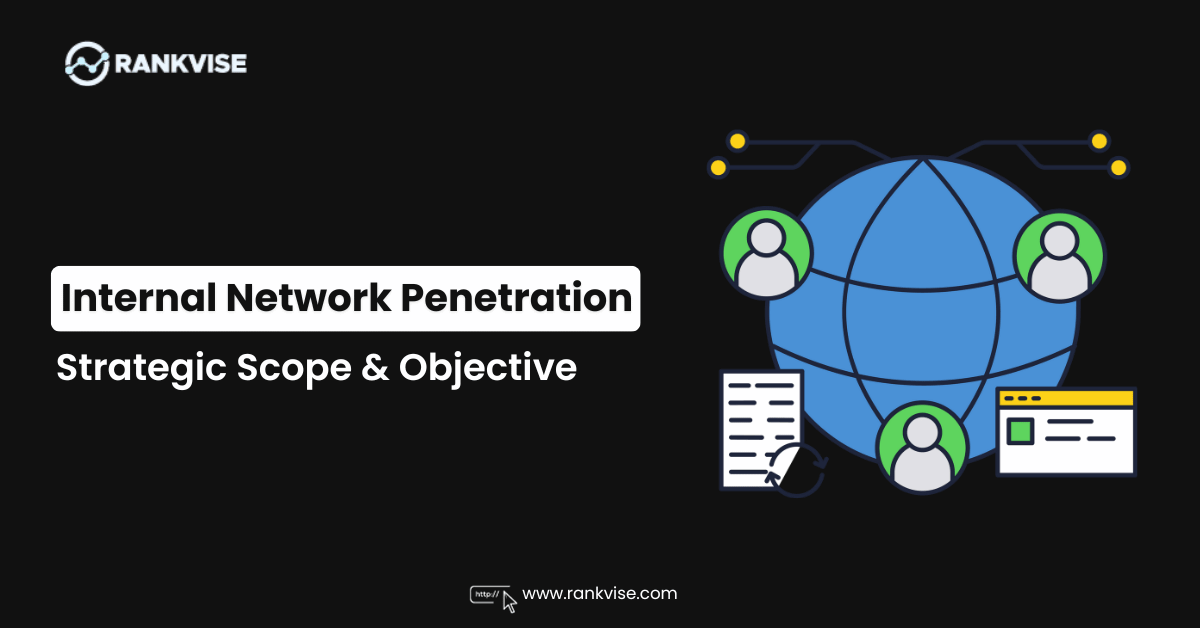Cybersecurity threats are an ever-present danger to individuals, governments, companies, and other organizations. Worse, these threats always get more sophisticated and harder to detect. The increasing challenges companies face due to these threats require advanced technologies such as AI and machine learning. Using the power of machine learning algorithms and AI, organizations can improve their ability to detect cyber threats and respond to them effectively.
AI and machine learning offers several advantages over legacy solutions to this matter. They can analyze large amounts of data in no time and identify complex patterns that humans fail to do so. Not to mention that these technologies can easily automate routine tasks, thus saving some time for people to work on more important things.
With that being said, they are not a silver bullet solution for threat prevention. They also have limitations and require human expertise to be effective. In this article, we will explore the role of AI and machine learning in threat prevention including how they work, use cases, their limitations, and the importance of the human effect.
How AI and Machine Learning Work in Threat Prevention
Artificial Intelligence and Machine Learning (ML) are closely related technologies that have been storming many fields over the years, including threat prevention. Artificial Intelligence refers to systems that can handle tasks that typically require human intelligence, such as recognizing and interpreting images. However, Machine Learning is a type of AI that uses algorithms to learn from data and improve as they go.
In terms of threat prevention, AI and Machine Learning can be used to go over large amounts of data from various sources such as logs and user behavior to identify potential risks. They are also great as predictive systems that can detect anomalies and patterns indicating security breaches.
A significant advantage of these technologies in threat prevention is their ability to identify unknown and emerging threats. This is because they can analyze a vast amount of information that would be impossible with traditional methods.
AI and Machine Learning are super useful to automate mundane tasks as well. They can free up human experts’ time for more complex tasks by handling repetitive things such as log analysis.
To explain briefly, AI and ML are superior to traditional threat prevention methods, and are becoming more and more significant in the fight against cyber threats. In the coming part of this article, we’ll dive into some examples of these technologies in threat prevention.
Improving Detection Capabilities with AI and Machine Learning
In today’s digital world, cybersecurity is of paramount importance. The rise in cyberattacks and data breaches has made it imperative for organizations to improve their detection capabilities to prevent potential threats. One way to achieve this goal is by leveraging the power of AI and machine learning.
AI and machine learning are quickly becoming essential tools in the fight against cybercrime. They enable organizations to analyze vast amounts of data in real time, identify patterns that could indicate a potential attack, and respond swiftly before any harm can be done. These technologies offer an unrivaled level of accuracy compared to traditional methods, reducing false positives while increasing detection rates.
Moreover, AI-powered cybersecurity solutions are constantly evolving through self-learning algorithms that adapt and adjust based on new information gathered from each threat detected. This means that as hackers become more sophisticated in their attacks, these systems will also grow smarter in detecting them.
Examples of AI and Machine Learning in Threat Prevention
There are numerous cases where AI and ML have been used as a part of a Threat Prevention solution. One of these examples is the use of ML to detect malware in computer systems. By reading through patterns in code, ML algorithms are capable of identifying malicious software and preventing those scripts from executing.
Secondly, AI is becoming increasingly popular in detecting and preventing phishing attacks. By analyzing the content of the email and the behavior of users, AI can flag suspicious emails to prevent phishing attacks. Since emails are how phishing attacks are usually carried out, AI can minimize the risk of stolen credentials and other risks caused by these scams.
AI and ML are also commonly used in network security in recent years. As an example of repetitive but critical tasks, Machine Learning algorithms can automate the process of monitoring network traffic. Since anomalies in the traffic can suggest a security breach, ML can prevent DDoS attacks on networks and detect breaches in an early stage.
It is impossible to deny the benefits of AI and Machine Learning in threat prevention. They can work non-stop unlike humans, read through incredible amounts of information, identify unseen threats, and automate routine tasks.
With that being said, they do have some drawbacks. One potential drawback is the potential for false alarms. These systems can sometimes identify a benign threat. Since admins will need to investigate these false alarms, it can result in wasted time and resources until they confirm the threat is a false positive.
Another question mark about them is the issue of accuracy. To develop accurate AI models, there is a need for extensive training data. This is especially unfavorable in cybersecurity where new threats always emerge and the needed training data may be limited sometimes.
Limitations of AI and Machine Learning in Threat Prevention
Let’s talk a bit more about the potential limitations of these technologies at the stage we are in. First of all, both AI and Machine Learning are only as effective as the data they are trained on. If the initial training data is incorrect, the resulting models will not be as successful in detecting threats.
The second important limitation is the possibility of cybercriminals developing new and more complex methods that these systems are not equipped to respond to bypass them. With that being said, if AI and ML get the human expertise they need, it is safe to say that they can evolve as well.
This is a good time to mention that these technologies are not a replacement for human expertise. Machine Learning and AI are in their best shape when they work with human analysts. Human expertise is needed for strong and effective threat prevention strategies that these technologies can follow.
That is not all though; human expertise brings a lot more to the table. Intuition, critical thinking, and creativity are still mostly human qualities and are hard for an AI to do. It is also important to note that humans can help validate the output of these technologies, confirm false alarms, and ensure the system detects real threats as we mentioned previously.
All in all, while AI and machine learning have some limitations, having the human expertise to help the algorithms learn and execute properly definitely helps. With complete training data and some time, AI can overcome some of these limitations and have a better way of identifying risks. For this reason, it is expected to see both of these technologies more involved in cybersecurity in the coming years.
Ethical Considerations for Implementing AI and Machine Learning
Artificial intelligence (AI) and machine learning (ML) have revolutionized the way businesses operate, offering new opportunities for innovation and growth. However, as these technologies become more prevalent in our daily lives, ethical considerations are becoming increasingly important. One of the most significant concerns is cybersecurity.
The rise of AI and ML has created new vulnerabilities that can be exploited by cybercriminals. These technologies rely on vast amounts of data, which can be a tempting target for hackers looking to steal sensitive information or disrupt operations. Moreover, AI systems can be manipulated to produce inaccurate or biased results, leading to ethical concerns around fairness and transparency. Companies must take steps to ensure that their AI and ML systems are secure against cyber threats while also adhering to ethical principles such as privacy protection.
Conclusion
In conclusion, Artificial Intelligence and Machine Learning are strong tools to be used in the fight against cyberattacks. On that note, it is important to know that they are not a silver bullet that will solve all your cybersecurity problems. While these will help you detect and prevent threats, the need for human expertise should be emphasized to develop an effective threat prevention strategy that involves AI and ML.
As the threat landscape becomes more diverse, Artificial Intelligence and Machine Learning will likely play an increasingly critical role in threat prevention. It looks like organizations that can utilize these technologies properly will get a better output, and will have a better way to fight against and detect threats as a direct result.
Moving forward, it will be important for organizations to invest in the development of AI for this purpose, while also keeping human expertise at the forefront of their system. By working together with AI and Machine Learning, we can build a more resilient and secure digital world.





